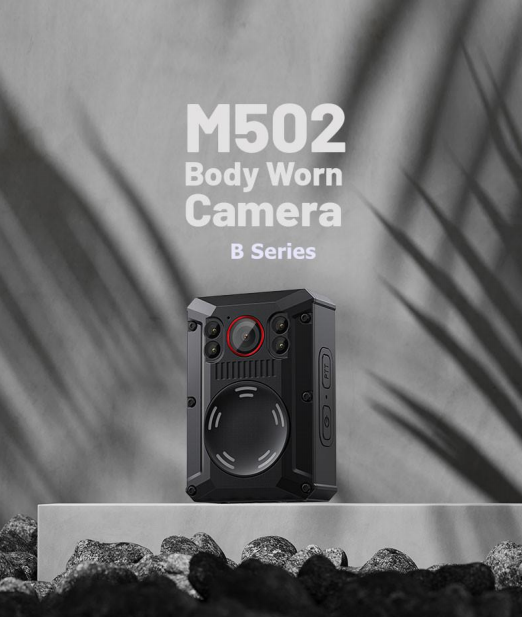Body cameras have become a crucial tool for law enforcement agencies, greatly improving transparency, accountability, and public trust.
By providing an unbiased, objective record of interactions between officers and civilians, body cameras ensure that all parties are held accountable for their actions. For example, police departments that have implemented body cameras have seen a decrease in complaints against officers, as the footage helps clarify the details of each encounter. The presence of body cameras also reduces incidents of police use-of-force, encouraging officers to respond more thoughtfully in tense situations. Additionally, the cameras act as a deterrent for civilians, who are less likely to engage in aggressive or confrontational behavior when they know their actions are being recorded.
Furthermore, the recorded footage provides a clear, objective account of events, which can be used in criminal investigations or court cases. For instance, body camera recordings have been crucial in verifying witness statements, supporting officer testimony, and ensuring the accuracy of police reports. Body cameras also play a significant role in improving police training by capturing real-life interactions that highlight areas where officers can improve. Training departments can analyze the footage to identify specific skills that need further development, such as de-escalation techniques or adherence to procedure, ultimately refining police practices and better preparing officers for complex situations.
Despite these benefits, several technical challenges must be addressed to meet the needs of law enforcement. Issues like battery life, data storage, video quality, and data security can limit their functionality. For example, body cameras must have enough battery power to last an entire shift, and the video footage must be of high quality to ensure it can be used as reliable evidence. Additionally, protecting the data is critical to prevent tampering or unauthorized access to sensitive recordings. Law enforcement agencies must also ensure that body cameras integrate seamlessly with existing systems for evidence management, making it easier to store, retrieve, and use footage when necessary. By addressing these technical challenges, body cameras can become even more effective in supporting law enforcement efforts to maintain public safety, enhance accountability, and improve officer training.
The RECODA Wi-Fi body camera M502 is a reliable tool designed specifically for law enforcement agencies, addressing key challenges in the field. Developed with input from law enforcement professionals, this camera meets the demanding needs of officers while overcoming common obstacles in body camera technology.

Built to meet US military standards, the RECODA camera is durable and high-quality. It offers more than 12 hours of battery life, ensuring it can support officers throughout their entire shift. Additional features include:
A front button design that allows for intuitive and easy camera operation.
Pre-recording capability that captures up to one minute of footage before an event, ensuring the full context of incidents is documented.
Secure, encrypted, end-to-end wireless uploads to enhance data protection.
1600P high-definition video and audio, providing clear and reliable evidence.
Mobile app functionality that integrates seamlessly with existing Safe Fleet systems for efficient management.
Wi-Fi mode, remote access, and control via a mobile app, allowing officers to manage the camera from their phone.
Electronic image stabilization, ensuring smooth video capture even while the officer is in motion.
These features make the RECODA Wi-Fi body camera M502 an advanced, user-friendly solution for law enforcement agencies, improving both the efficiency and security of their operations.
For more product information, please contact RECODA